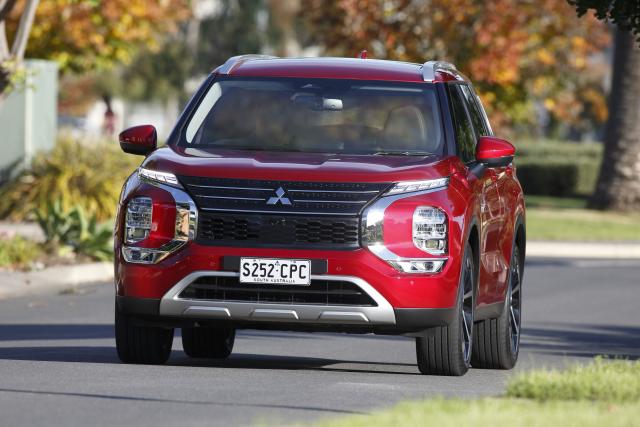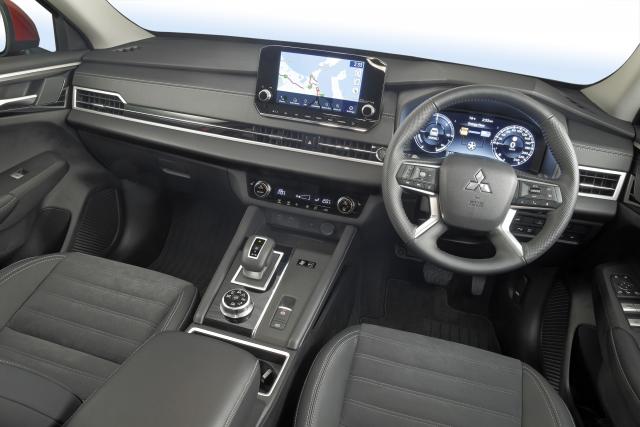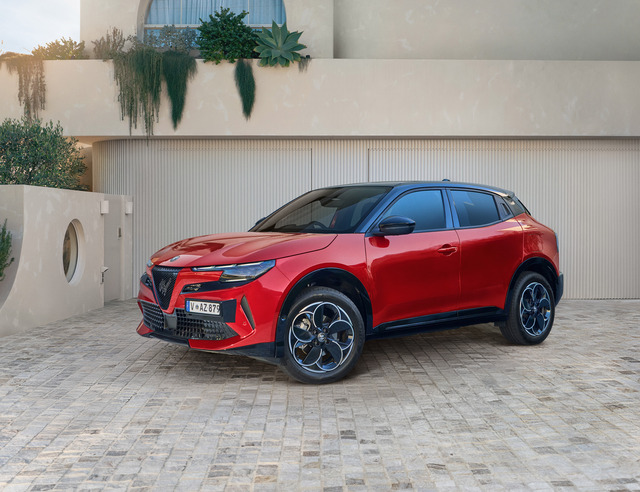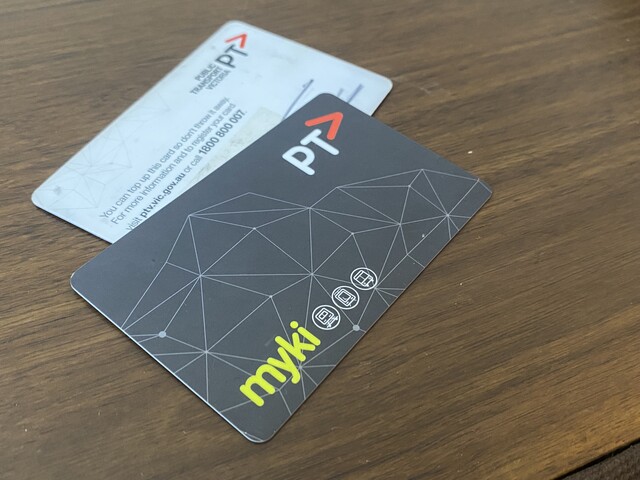For those who think the switch from ‘dirty’ fossil fuels to ‘clean’ electric power is too severe. Flat battery; no go; range anxiety? Happily, there is a halfway house – hybrid power.
Petrol / electric hybrid vehicles have been around for years – think Toyota Prius and Honda Insight – the former still on the streets, leading the way, especially in the fleet world such as that of taxis.
In these vehicles an internal combustion engine is used to charge a battery, which feeds an electric motor, partially powering the car. Still a source of pollution. What if the engine could be by-passed and the battery charged externally?
Enter the plug-in hybrid electric vehicle, in which petrol and battery power are used in tandem to drive the vehicle at optimum reduced emissions until the battery is out of juice and internal combustion automatically takes over completely. Range relief! The first sports utility vehicle to take advantage of the combined powertrain, the Mitsubishi Outlander PHEV, which made its way Down Under a decade ago, has
sold more than 300,000 units, making it the most popular plug-in in the world.
The latest generation comes in four variants – ES five-seater, aspire five-seat, Exceed 5+2 seater and Exceed Tourer 5+2-seater. Prices start at $54,590 and top out at $68,490, plus on-road costs. On test was the Outlander PHEV Aspire 5 seat at $60,990.
STYLING
Compared with the outgoing model, the new Outlander is longer, wider, taller, heavier and boasts a longer wheelbase. Muscular flared fenders match its broad shoulders.
Sharp daytime running lights cap off an LED headlamp cluster designed to provide greater visibility over long distances, while extended horizontal rear LED lights with T-shaped ends highlight the Outlander PHEV’s distinctive shoulders. Machined 20-inch alloy wheels bolster the Aspire’s impressive stance.
INTERIOR
The cabin presented a relaxed, quiet, even when the petrol motor was in action, the only intrusion was road noise on non-too-smooth bitumen or concrete. The seats, however, were on the firm side.
Leg and shoulder space was generous, thanks to the absence of a third row of seating, which also contributed to plenty of room in the boot – 485 litres with seat backs up and up to 1478 litres with second row backs folded.
ENGINES / TRANSMISSIONS
All grades are powered by an upgraded 2.4 litre four-cylinder engine, combined with a pair of electric motors on front and rear axles, delivering 185 kW and 450 Nm to all four wheels.
SAFETY
The Outlander PHEV shares the five-star ANCAP safety grade won by its petrol-only sibling earlier this year. Active safety includes autonomous emergency braking (forward and reverse), lane departure warning, lane-keep assist, blind-spot monitoring, traffic sign recognition, adaptive cruise control, rear cross-traffic alert and surround view camera.
Passive safety is covered by eight airbags, including in the front centre position. With the lack of engine noise the car lets out a muffled bell ringing sound to alert unwary pedestrians.
DRIVING
You meet a better class of cabbie at public charging stations; I’m talking about the Uber driver ‘of a certain age’ and his Tesla Model 3. With a lazy half hour to spare during a busy schedule we chatted while the test Outlander PHEV was on fast charge.
Forty minutes later, the Outlander battery 80 per cent juiced (70-odd kilometres range on the clock), with $4.09 paid, we parted ways. During a spread of driving tasks, the test car came up on average with energy consumption of just over 20.0 kWh per 100 kilometres, against a maker’s claim of 19.2 kWh / 100km.
The petrol engine chips in only if you load up the acceleration or the vehicle tops 135 km/h. It also helps charge the battery, as does braking through kinetic energy conversion.
Mitsubishi claims, on dual fuel, the PHEV uses 1.5 litres per 100 kilometres. With the battery flat, the engine automatically shoulders the load, recording on test, fuel consumption of around 5 litres per 100 kilometres. The system’s performance can be tracked visually through an animated diagram on the instrument panel.
Home charging from a 240V outlet, the maker claims 9.5 hours from zero to 100 per cent, or 6.5 hours from a domestic wall box. Alternatively, charging to 80 per cent can be done from the on-board generator in one-and-a-half hours.
SUMMARY
Despite the initial cost of ownership, with petrol prices rapidly heading north, any vehicle that eases the wallet wound is worth looking into.
The Outlander Aspire plug-in hybrid covers all petrol / electric bases without the anxiety of its meagre 80-plus kilometre limited EV range. The industry-leading warranty is the icing on the cake.











